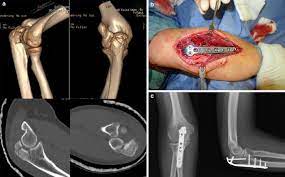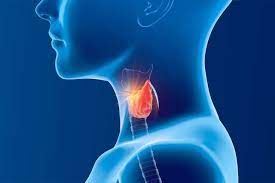Top Best Doctor For Olecranon Plate Surgery in New York

Olecranon fractures are among the most frequently occurring injuries to the elbow. Most often caused by falls or other forms of trauma, they can also occur from repeated strain on bones located within it. Once broken, an olecranon bone can become painful and potentially infected with infection.
Olecranon fracture treatment varies significantly based on each individual patient, depending on factors like health status, age and activity levels. Non-invasive remedies often suffice; in more serious cases surgery may be necessary to ensure full healing and recovery.
Surgery may be recommended when fractures that are more displaced than 2mm at the joint or have gaps at their fracture site, as these types of fractures tend to develop chronic pain, stiffness, or swelling over time.
Open reduction and internal fixation (ORIF), is usually the go-to treatment option for patients suffering olecranon fractures. This surgery repositions (reduces) broken pieces back into their original positions using screws, wires or pins as fixators devices.
Bone pieces joined together this way are easier to move around, which reduces pain, swelling and inflammation.
Dr. Glickel specializes in diagnosing, treating and reconstructing injuries of the upper extremity including shoulder, elbow, hand wrist and forearm injuries. He serves as clinical professor of orthopedic surgery at NYU Langone Medical Center as well as director of the Roosevelt Hand to Shoulder Center located in newyork.
Since 1996, he has been practicing medicine in New York City, with special expertise in routine and complex problems of arms, hands, wrists and elbows. This includes sports injuries, distal radius and ulna fractures, nerve repair procedures and wrist joint replacement procedures.
Once the olecranon bone heals, arm and shoulder can return to their more natural, functioning positions – an essential step since elbow discomfort may become quite acute when not moving as intended.
Dependent upon the nature and strength of their fracture, patients may require wearing a cast or splint following surgery in order to protect the elbow from becoming stiff, thus aiding healing and providing proper restorative benefits. This will prevent it from stiffening too soon while permitting proper healing processes to take place.
Doctors will closely observe and monitor an elbow fracture by having patients return for regular X-rays. Once all broken pieces have returned to their proper places, gentle motion of the elbow can begin.
Physical therapy may be necessary to regain motion in their elbows after surgery, and may begin as early as the day of surgery to ensure it heals properly.
If nonsurgical procedures do not suffice in providing relief, Dr. Glickel can perform a surgical procedure to extract fluid from the olecranon bursa in order to alleviate pain and swelling as well as help diagnose any other conditions which could be contributing. This will restore functionality to the area while potentially diagnosing other health conditions affecting it.
Olecranon fractures may lead to posttraumatic arthritis. This condition occurs when the cartilage that lines bones deteriorates over time; it’s especially prevalent among people who’ve sustained multiple fractures of the olecranon joint and can result in significant pain and loss of movement.






